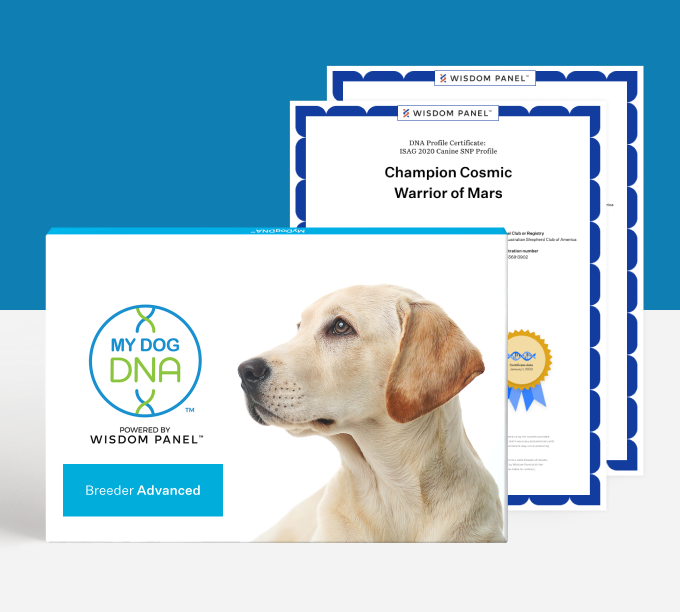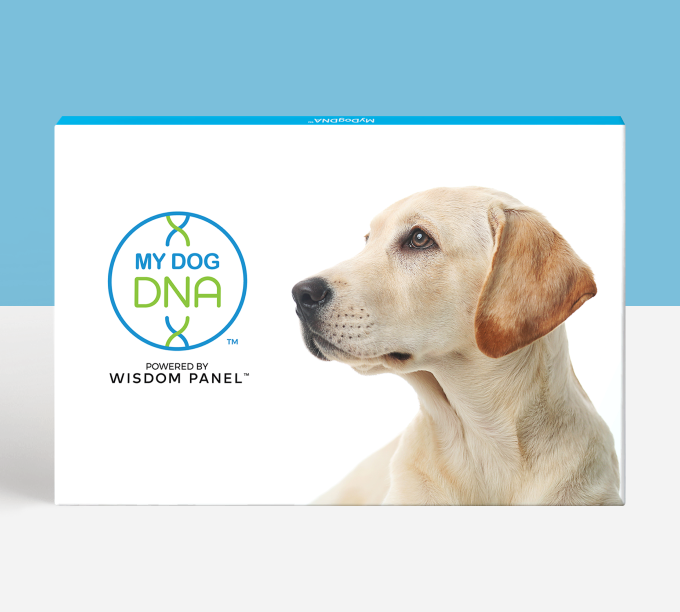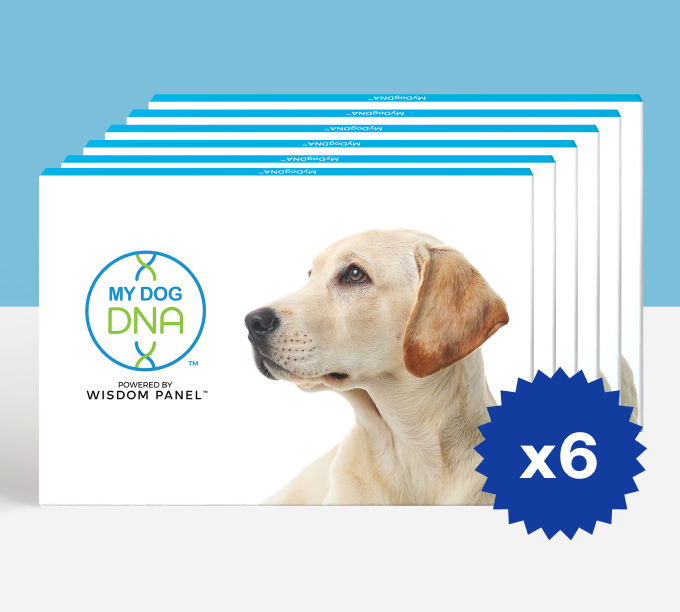If you’ve spent any time reading up on DNA testing or researching dog breeding, you’ve probably come across the terms “genetic diversity” and “coefficient of inbreeding (COI).” But you may not know what they mean or how they differ. These are tricky terms that can be tough to decipher on your own. So keep reading for a breakdown of these technical topics.
First, let’s clear up a common confusion. Genetic diversity is not a test for a particular gene. Instead, it measures commonality within a range of inherited genes from each side of the family. A high genetic diversity score indicates a wide variety of different traits, while a low score indicates a lesser variety. Measuring genetic diversity can help provide an indication of inbreeding levels for an individual or within a population.

Wisdom Panel uses a genetic diversity measurement based on specific markers within a pet’s DNA, known as single nucleotide polymorphisms (SNPs). The tested SNPs appear throughout the genome, mostly in what’s called “non-coding” DNA. Non-coding DNA doesn’t code for proteins, making these SNPs good for objective measurements because they evolve fairly freely. Across these SNPs, we tabulate the number of times a same (homozygous) or different (heterozygous) DNA letter was inherited from the parents.
It’s worth noting that all genetic diversity calculations in Wisdom Panel products are based on the same SNP panel maintained on our custom microarray chip. This consistency is important because calculations from different sources can vary slightly thanks to differences in the marker sets used.
A measure of genetic diversity (also known as heterozygosity) is distinct from the traditional definition of coefficient of inbreeding (COI). COI is typically based on recent pedigrees and is associated with the probability of inheriting two copies of the same allele (or sometimes a large genomic chunk of inherited gene variants) from common ancestors. Diversity scoring is based on genetic testing at several genomic locations that are informative of overall variability within a population. One approach to diversity scoring is to measure heterozygosity using specific markers as previously outlined. An alternative method is to estimate how much an individual’s genome appears to have shared DNA segments between chromosome pairs from recent ancestors. The latter approach tends to give lower values for the amount of shared DNA between chromosome pairs, and is why the different methods shouldn’t be compared.
Both methods of determining genetic diversity measure an association with inbreeding rather than directly measuring inbreeding itself. In addition to recent family inbreeding, both measures reflect long-term population “inbreeding.” This information can be very important in dogs—especially in breeds that have had small, relatively closed populations for many generations. The Wisdom Panel diversity score, in particular, better reflects the long-term effects. This genetic diversity measurement is most useful when comparing the score against the provided population’s score created using the same method and genetic marker set. When different markers are used, the results will vary a bit, as they measure slightly different aspects of the individual’s DNA (even when using the same method). Therefore it’s most informative to use the same company’s product when comparing different dogs.
Why does genetic diversity matter? This information is most important when planning mating pairs for breeding. All else being equal, increasing the diversity score in subsequent generations of breeding is generally beneficial for individual and breed health, regardless of the exact amount of recent pedigreed inbreeding.
Ready to find out your dog's genetic diversity score? Order a MyDogDNA test today.








